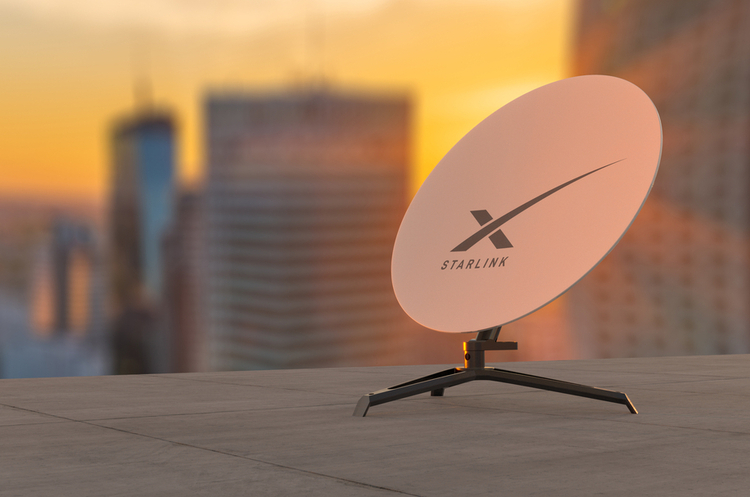
There is some good news for Kenyans seeking high speed and reliable connectivity as Starlink is expected to launch in Kenya in Q2 of 2023. Starlink is a satellite-based internet service provider that was developed and owned by SpaceX, the company founded by entrepreneur Elon Musk. The service aims to provide internet access to remote and under-served areas, as well as to provide an alternative to traditional internet service providers.
The Starlink network consists of thousands of small, low-Earth orbit (LEO) satellites that orbit the Earth at an altitude of around 550 kilometers. These satellites are equipped with advanced technology, including phased array antennas and laser communications, which allows them to provide high-speed internet access to users on the ground.
On Starlink’s website, you can pay a deposit of $99 (around Ksh 12,400) to reserve your Starlink. The company said, “Availability is subject to regulatory approval. Within each coverage area, orders are fulfilled on a first-come, first-served basis.” Normally, the kit costs $599 and the you pay $110 per month to access the internet. This is the price in other markets and I am not sure if the company will maintain this pricing strategy when it launches in Kenya.
How does Starlink work
tarlink uses a complex network of satellites and ground infrastructure to provide internet access to users on the ground. The technology is designed to be highly redundant, with multiple satellites in orbit at any given time, ensuring that the service will continue to be available even if individual satellites experience problems or fail. The process of how Starlink works can be broken down into several steps:
- You install a small dish antenna, called a Starlink Terminal, at their location. This dish is designed to communicate with the Starlink satellites in orbit.
- The Starlink Terminal establishes a connection with one of the Starlink satellites in orbit. This connection is established using a phased array antenna, which is capable of tracking the movement of the satellite as it orbits the Earth.
- Once the connection is established, the Starlink Terminal sends and receives data from the satellite using radio frequencies. The satellite then relays this data to other satellites in the network, which in turn relay it to a ground station.
- The ground station, in turn, forwards the data to the internet, allowing the user to access the web.
- The Starlink network uses multiple satellites in orbit at any given time, which means that if one satellite goes out of range or experiences problems, the network can automatically switch to another satellite to maintain a connection.
- Starlink also uses laser communications to transmit data between satellites, this increases the speed and reduce the latency of the service.
Advantages of Starlink
One of the key advantages of Starlink is its ability to provide internet access to remote and underserved areas. Traditional internet service providers often struggle to provide reliable service in these areas due to a lack of infrastructure or the high costs associated with building it. Starlink’s satellites, however, can beam internet access directly to users, bypassing the need for traditional infrastructure.
Another advantage of Starlink is its low latency. Because the satellites are in low-Earth orbit, the distance between the satellite and the user is much shorter than with traditional geostationary satellites. This results in lower latency, or the time it takes for data to travel from the user to the satellite and back again. Lower latency is important for applications such as online gaming and video conferencing.
Starlink is not dependent on traditional infrastructure. Because the service is delivered via satellite, it is not dependent on traditional infrastructure such as telephone or cable lines. This means that it can be set up and deployed more quickly and easily in areas where traditional infrastructure is lacking.
Another advantage is redundancy. Starlink’s satellite network is designed to be highly redundant, with multiple satellites in orbit at any given time. This ensures that the service will continue to be available even if individual satellites experience problems or fail.
High-speed internet, Starlink promises to provide high-speed internet to its users, with speeds of up to 100 Mbps or higher. This is comparable to or even better than traditional internet service providers in certain areas.
Overall, Starlink is a promising new technology that has the potential to revolutionize internet access, particularly in remote and underserved areas. With its low latency and ability to bypass traditional infrastructure, it could provide a much-needed alternative to traditional internet service providers.

